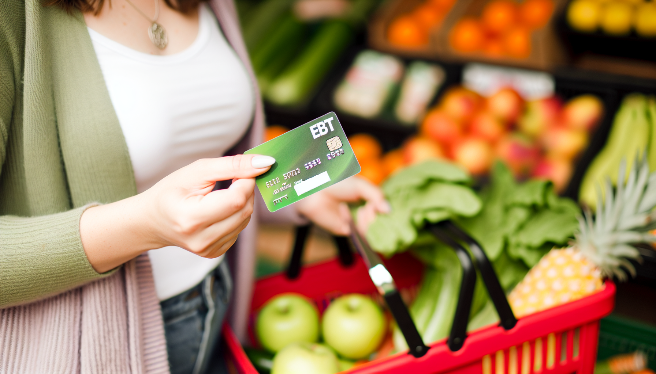Understanding the Core Concepts of SNAP EBT Card System
The Supplemental Nutrition Assistance Program (SNAP), formerly known as the food stamp program, aims to offer nutritional support to eligible low-income individuals and families. The modern incarnation of this aid comes in the form of the Electronic Benefits Transfer (EBT) card, which works much like a debit card. Every month, SNAP benefits are deposited into an account linked to the EBT card, which recipients can use to buy approved food items at participating stores.
It’s essential to grasp the basics: SNAP focuses on providing funds for food alone, meaning you can’t use the EBT card to purchase non-grocery items such as household supplies, pet food, or alcohol. Understanding the card system’s restrictions and allowances will empower you to maximize its benefits without any unwelcome surprises at the checkout counter.
Exploring the Historical Context of SNAP EBT Card System
The roots of the SNAP program date back to the Great Depression, where the government first began offering food assistance to combat widespread hunger. The EBT card system, however, was introduced in the 1990s to modernize the distribution of benefits and counter fraud and misuse associated with paper food stamps.
Looking into the historical evolution of the program, you’ll see a shift toward increasing efficiency and reducing stigma. EBT cards help create a more discreet and dignified experience for users, much like anyone else using a debit or credit card. Knowing this history is crucial for understanding the current form and function of the SNAP program.
Analyzing the Impact of SNAP EBT Card System on Modern Practices
The SNAP EBT card system has considerably changed the landscape for both recipients and retailers. For those on a tight budget, the EBT cards have streamlined access to necessary food resources, while also helping to normalize the experience at the point of sale. The system has reduced the administrative burden on the government and increased security and accountability.
Moreover, the broader economic impact is often overlooked. SNAP benefits are immediately injected back into the local economy through grocery and food-related purchases, arguably generating jobs and supporting farmers and producers. This domino effect underscores the importance of such social programs in maintaining a society’s economic health.
Comparing SNAP EBT Card System to Alternative Approaches
When we look at alternative approaches to food assistance, the differences can be stark. Programs that use vouchers or food distribution models limit choice and convenience for recipients. Comparatively, the SNAP EBT system offers a level of autonomy that can be empowering for individuals, allowing them to make their own dietary choices based on preference and need.
Internationally, countries have adopted a variety of strategies, from direct food rations to cash assistance programs. Each has its benefits and drawbacks, but the EBT card system stands out for its flexibility and the efficiency with which it operates within the existing retail framework.
Future Trends: The Evolution of SNAP EBT Card System
Considering the future of the SNAP EBT card system, we can anticipate further advancements that aim to make the program even more accessible and user-friendly. Potential developments may include mobile applications for managing accounts, more robust partnerships with local farmers’ markets, and integration with health initiatives to encourage nutritious choices.
One can also speculate that the system may expand to cover a broader range of needs or incorporate technological advancements such as biometric authentication to enhance security. While these changes are speculative, what remains clear is the continuous need to adapt and evolve the program to better serve those who rely on it in an ever-changing economy.



